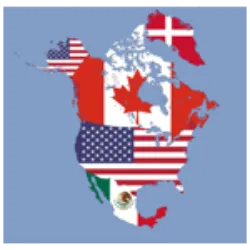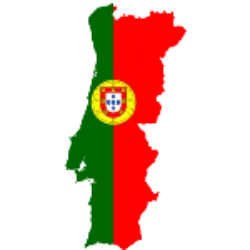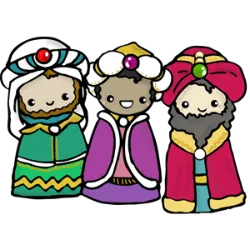The Fall of Rome
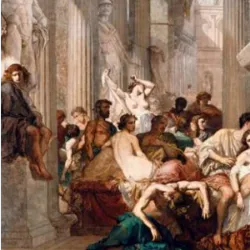
The Fall of the Roman Empire in 476 AD is one of the most significant milestones in history, representing the end of Antiquity and the beginning of the Middle Ages. The Empire, which once controlled vast areas of Europe, North Africa and Western Asia, declined due to a combination of factors that weakened its structure.
Internally, the empire faced political instability, with frequent changes of emperors and widespread administrative corruption. Government inefficiency and growing social inequality also contributed to its collapse. In addition, difficulties in maintaining the borders and military pressure further weakened the Roman structure. Externally, barbarian invaders such as the Visigoths, Vandals and Ostrogoths repeatedly attacked the Roman borders. The sack of Rome by Alaric in 410 AD and the invasion of the Vandals in 455 AD were decisive events, culminating in the deposition of the last Roman emperor, Romulus Augustulus, by Odoacer in 476 AD.
After its fall, the Western Roman Empire was fragmented, giving rise to barbarian kingdoms such as the Franks and Visigoths. Although the period has been called the Dark Ages, it was also an era of important transformations. With its capital in Constantinople, it survived until 1453, profoundly changing the politics and social organization of the Western world.
The Rise of Greek Civilization
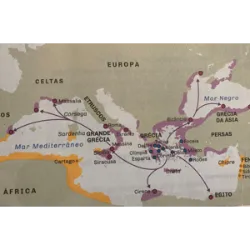
Greece is located on the Balkan Peninsula and is washed by the Mediterranean Sea. Its civilization emerged from the 8th century BC, having its roots in mainland Greece, the islands of the Aegean Sea and the coasts of Asia Minor. It later expanded to the shores of the Mediterranean Sea, establishing colonies that contributed to economic and cultural links.
Test yourself with one of these challenges 👇
Discover some interesting facts about History
The Role of Historical Sources

There are several ways to unravel the mysteries of the past. Historians, who are specialists who study and document the past, use a wide variety of traces left by ancient human societies, such as texts, photographs, paintings, buildings, sculptures, objects, clothing, oral reports, films, music and even fragments. of bones. They examine these sources to investigate information, formulate hypotheses and draw conclusions about events and aspects of the past.
The set of traces left by ancient human societies, together with texts written by historians, encyclopedias and reconstructions of historical environments, is called historical sources. These sources are vital to understanding and interpreting past events.
The Father of Ramayana
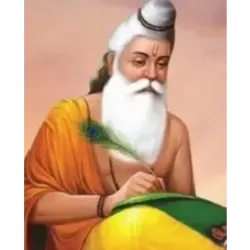
Valmiki Jayanti is a Hindu celebration dedicated to Valmiki, the author of the epic Ramayana and considered the first poet in Sanskrit literature. Celebrated on the Purnima (full moon) day of the month of Kartik, usually between October and November, the day honors his literary and spiritual contributions. Festivities include recitations of the Ramayana, prayers and worship in temples, as well as kirtans and lectures on Valmiki's teachings. The day also serves as an opportunity to reflect on the epic's values, such as virtue and duty, promoting the importance of literature and culture in the Hindu tradition.
The Nile and the Flowering of a Power
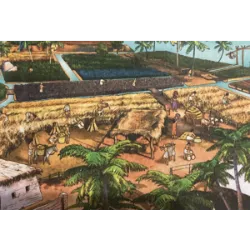
Egyptian civilization flourished in the northeast of the African continent along the banks of the Nile River, between the Arabian and Libyan deserts, from 3500 BC, lasting about 3000 years. Its development was driven by the fertility of the soil, enriched by the annual floods of the Nile. The Egyptians mastered engineering, building dikes and canals for irrigation during the dry season, as well as using the river as the main transportation and communication route for trade. Agriculture was the basis of the economy, cultivating wheat, barley, flax and other crops, while ranching, fishing and hunting. Crafts also prospered, including pottery, goldsmithing and metalworking. Agricultural surpluses boosted trade, with Egypt exporting wheat, pottery, and linen cloth, and importing raw materials such as wood, copper, and precious metals.
The Farroupilha Revolution
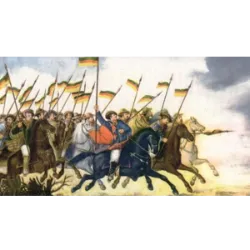
The Farroupilha Revolution was an armed conflict that took place in southern Brazil between 1835 and 1845, led by Rio Grande do Sul farmers, the "farrapos", against the Brazilian imperial government. They sought greater regional autonomy, reduced taxes and an end to practices that harmed the local economy. The war was marked by bloody battles and brutality on both sides. The conflict came to an end with the signing of the "Peace of Ponche Verde" in 1845, which granted amnesty to the rebels and brought concessions from the imperial government. Gaúcho Day, or Farroupilha Revolution Day, is celebrated on September 20 , marking the beginning of the revolt in 1835. This date is important in Gaucho culture, being celebrated with parades, festivals and civic events throughout Rio Grande do Sul .
celebrate in September 20
When the Wall Came Down: The End of an Era

The fall of the Berlin Wall on 9 November 1989 was one of the most significant events of the 20th century, symbolising the end of the Cold War and the reunification of Germany. The wall, built in 1961, divided Berlin into two parts: West Berlin, under capitalist and democratic influence, and East Berlin, under a socialist regime controlled by the Soviet Union. It became a symbol of the ideological divide between the capitalist bloc led by the United States and the communist bloc led by the Soviet Union.
The fall was driven by a number of factors. Pro-democracy protests grew throughout East Germany, while political reforms in the Soviet Union, led by Mikhail Gorbachev, weakened Soviet control over Eastern European countries. In 1989, a wave of peaceful demonstrations and popular pressure resulted in the relaxation of travel restrictions, culminating in the unexpected opening of borders on the evening of 9 November.
The event had global repercussions, marking the collapse of communist regimes in Eastern Europe and the advance of democracy in the region. German reunification was officially completed on 3 October 1990. The fall of the Wall remains a symbol of freedom, hope and the overcoming of political and ideological barriers.
Test yourself with one of these challenges 👇
HOME




